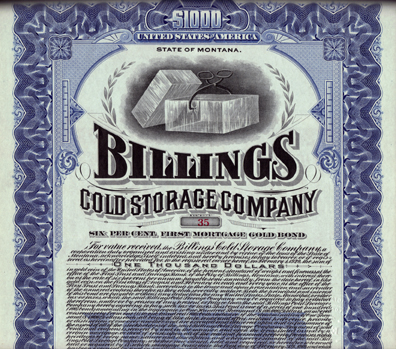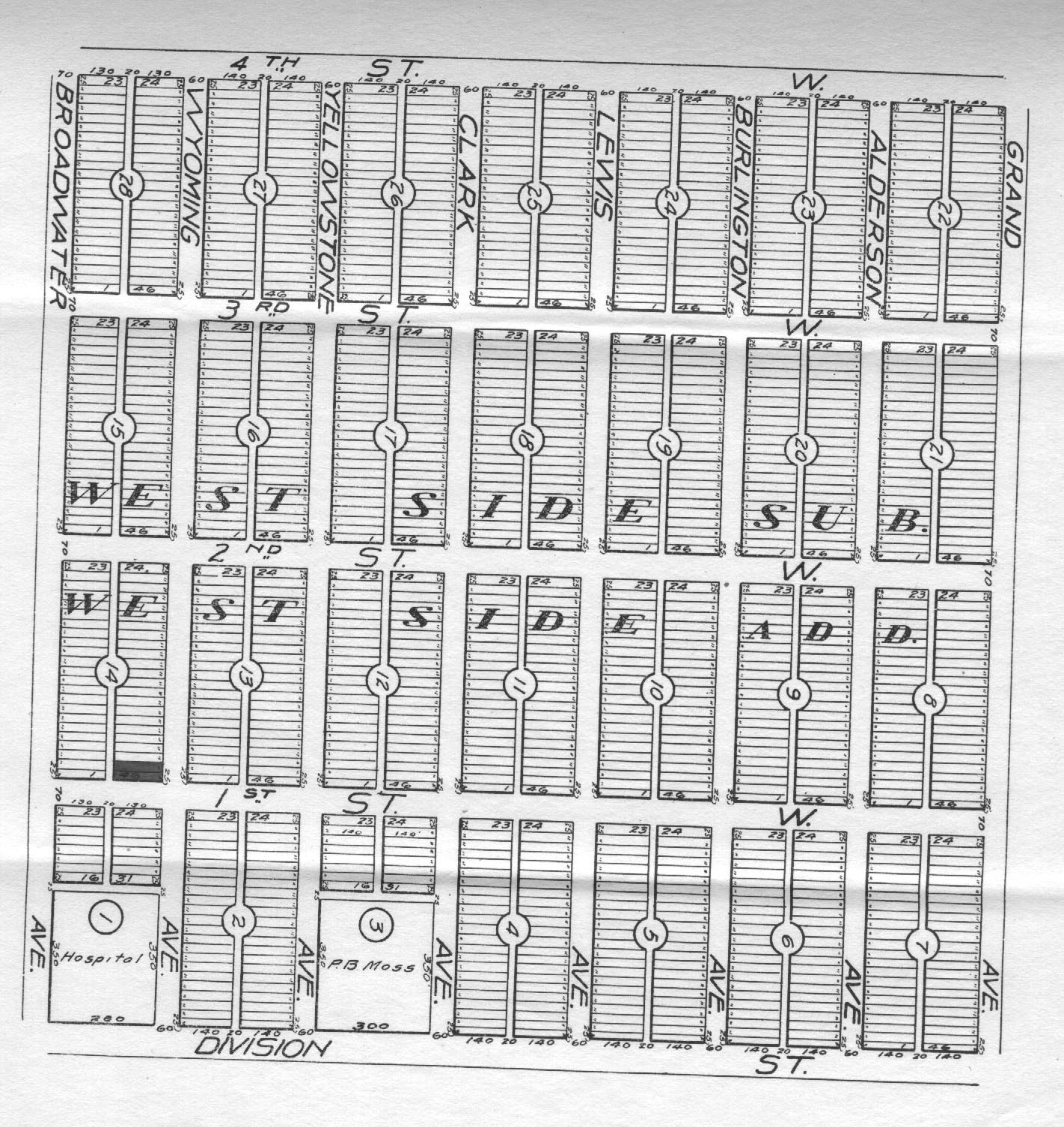By Jennette Rasch, Curator
Often during research on items or projects we come across information that proves current information about an item or a person wrong. That is part of the intrigue and fun of working in a history museum.
This quilt, for example, was accessioned into our collection as having been made by P.B. Moss’ sister Mary Belle, with an assumption that it may have been a wedding quilt for P.B. and Mattie, dating it to the 1880’s/90’s. However yesterday, while doing research for a project, we came across information about Mary Belle that contradicts the maker, story, and date of this quilt.
Because we focus on the immediate Moss family and have limited staff, extended family members are often left on the sidelines as far as historical research is concerned. Mary Belle Moss was born in 1856 and died at 5 years old in 1861. She passed away two years before Preston Boyd Moss was even born. Her name is embroidered on the back of this quilt which is why it was originally believed that she made this quilt. [It is now evident] she did not make this quilt herself. She may have been learning how to quilt at five, but she would have been in the early stages of learning how to use needle and thread.
This quilt is more likely a memorial quilt for Mary Belle. It is also possible that this quilt is many years older than the current date on the paperwork. History may seem at times as though it is stagnant, but we are always learning and always cultivating new information. History is alive and you can see it when you come tour the Moss Mansion Museum! Come make history with us!








